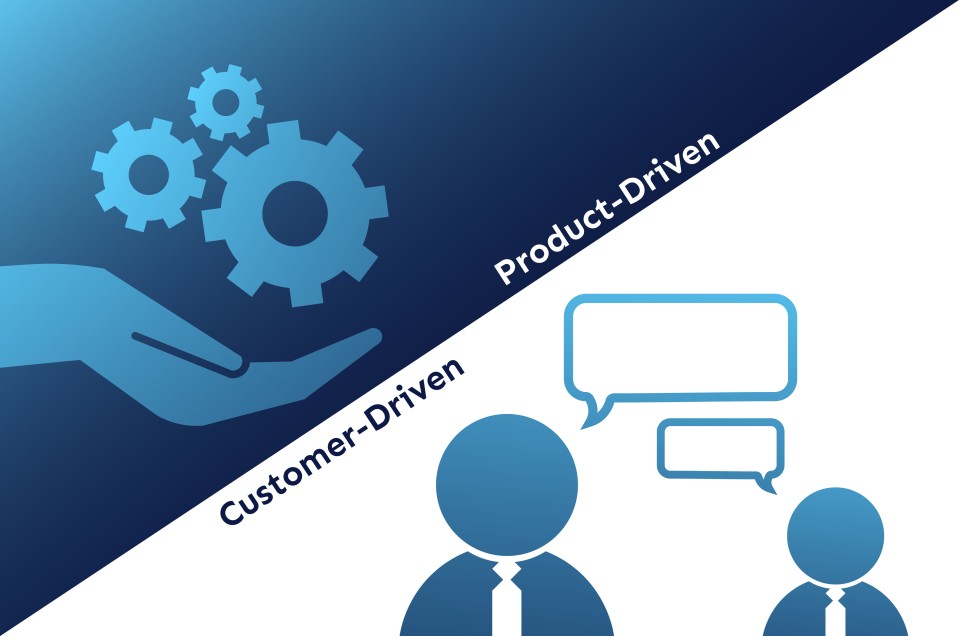Total Quality Manage...
18964 | 6 Apr 2023

Given today's industrial dynamics, developing new products and services is key to companies' market survival, expansion and competitiveness. Profitability is an important goal, but it is not the only goal companies must consider to survive and compete in today's market. Customer expectations and behaviors have changed dramatically over the past decade, and so has the way organizations operate. In the past, organizations focused process improvement efforts on reducing costs, raising quality standards, and expanding the range of services and product manufacturing. The success of those efforts has set process discipline as a standard approach to improving organizations worldwide.
Today, there are goals for improving a process beyond simply increasing the success rate and efficiency. Today's companies cannot view customers as a one-time opportunity to sell a product or service. Their strategy must be adapted to keep those clients. It's essential to develop a system for selling products and services that are focused on the customer's "dream state."
In a "Product-Driven" company, the development of the product springs from the company's internal visions. In a "Customer-Driven" company, on the other hand, product development and product orientation come from outside the company - from the client's wants and needs to be exact.
In addition to changing the strategy, adjusting the business processes is necessary. Introducing "Product Driven" and "Customer Driven" processes is essential. The implementation of fundamental processes in a company is a way to ensure the production, sale and delivery of products and services to their customers. This is a process where customers communicate with an organization and decide the relationship's longevity. Processes that use this as a tool to strategically calibrate an organization will be able to achieve strategic goals.
Today's market segmentation is different from segmentation in the past. In today's market, supply has overcome demand. Companies in all industries are turning away from traditional business strategies and "Product Driven" strategies and are beginning to embrace the idea of focusing their strategies on the customer. Companies cannot afford to think only about what is good for their business but also about how those decisions will impact their new and potential customers. The differences between "Product-Driven" and "Customer-Driven" processes quickly become apparent in the IT (Information Technology) industry.
Companies in the IT industry are under constant pressure, making it crucial to develop and improve the product to stay competitive. IT companies that have developed "Product-Driven" processes focus on their customers and their needs with minimal effort. They focus on developing the technical features of the products, maintaining their market position, and staying competitive with rival companies. Sometimes the development of technical features can coincide with the customers' wishes and needs. We know many examples of companies developing certain features to add to the "feature list." Expressed customer wants and needs are often overlooked due to lack of time (relative to overworked staff) or too high of financial investment.
Companies need to redesign their processes to CDP ("Customer Driven Process") and keep in mind the impact of implementing and transforming "Product Driven" processes into "Customer Driven" processes, which will improve the effectiveness of the company's strategies in the long run, considering various parameters.
What are your thoughts on the subject above? Feel free to post a comment or start a discussion.
Leave A Comment